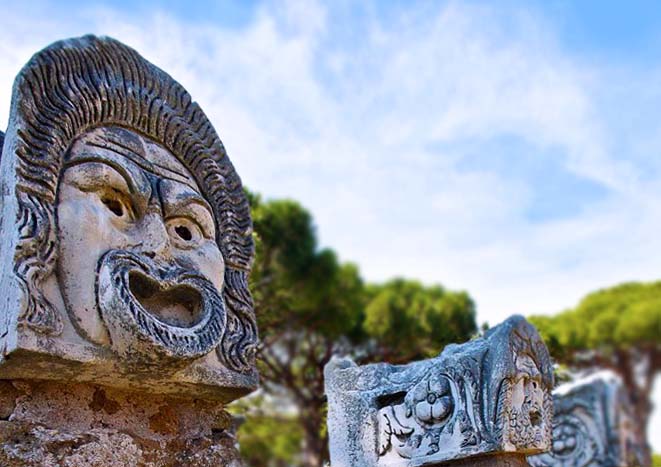Genoa has long had a lighthouse to guide mariners to its port. In the time of Columbus, the lighthouse was an immense structure of three towers. His uncle, Antonio Colombo, was one of the lighthouse keepers when the future navigator was born. Known for centuries simply as Lanterna, besides being an important aid to night navigation in the vicinity, the tower has served as a symbol and a landmark for the city since the 14th century.
The present tower stood as the tallest lighthouse in the world for 350 years. Constructed of masonry, it is 249 feet tall, but it is built on a natural rock formation. When this is taken into consideration, the overall height of the structure reaches 383 feet above sea level, making it the second tallest lighthouse in the world, the tallest in Europe and the tallest traditional lighthouse in the world.
The configuration of the lighthouse as we see it today includes additions to the tower structure made in 1543. The first tower was built around 1128. Dried pieces of juniper wood were used to fuel the signal fire in its early years. Navigators who used the port paid a tax upon their approach to the city. In 1326, the first oil-based lantern, whose fire was fed by olive oil, was added to the structure so that incoming vessels could better distinguish the signal fire upon approach. For the same reason, in 1340, the tower was painted with the coat of arms of the city, to better serve as a distinctive landmark. In 1405, the priests who were responsible for the upkeep of the lighthouse placed a fish and a golden cross on its cupola to serve as symbols of Christianity.
In 1840, a rotating Fresnel lens was installed and the lighting apparatus was modified numerous times through the remainder of the 19th and 20th centuries, the last of which was completed over 60 years ago. Adjacent to the tower is the Museo della Lanterna, opened in 2006. It may be reached by a walk from the old city walls to the foot of the beacon at Via Milano. The museum explores the history of Genoa and the port, containing a great deal of archival material.
The tower has been struck by lightning several times in its career. The most serious in 1481, led to the death of one of its keepers. In 1602, lightning demolished a part of the crenellation on the top tower and the following year another strike hit a decorative marble tablet with the inscription Jesus Christus rex venit in pace et Deus Homo factus est (Jesus Christ, King, came in peace and God became Man). This tablet may still be seen today; it is mounted on the ground at the base of the top tower.
The city of Genoa may have changed since the time of Columbus, but the silhouette of La Lanterna still stands against a backdrop of land, sea and sky, illuminating the position of the port as it has done for almost 900 years.





